It is January 1991. This is the moment when the dissolution of Yugoslavia begins.
You can read and listen the background in the pilot stage.
This month’s focus will be on the economy.
From the conflicts between the federal government and the Yugoslav Republics, to “the heist of the century” denounced by Slovenia. A war that began firstly on customs, and only then on the battlefields.
Collapsing economy
On May 4, 1980, Marshal Josip “Tito” Broz dies, leaving Yugoslavia a mountain of debts. In the previous 20 years, he has incurred increasing debts with foreign countries, in order to address the massive gap in the self-managed economic budget.
The economic situation of the Federation is on the verge of collapse and Yugoslavia seems to be back to the Sixties.
The interest rate on debts exceeds 5 billion dollars and the Southern regions are forced to introduce rationing of basic necessities.
All that, despite the stabilization programs and the help of the International Monetary Fund.
The federal government introduces austerity measures. In particular, the expatriation tax (to stop the national currency loss) and the socialization of debt mechanism (a collective settlement of the financial shortfalls in every single Republic).
This strategy is not very successful. A wave of strikes shakes the country: from 699 strikes in 1985, to more than double (1570) two years later.
In 1989, hyperinflation reaches 2.700 percent.
The logic of the market
The Republics of Slovenia and Croatia are willing to take a stand. They no longer tolerate the socialization of debt mechanism. Their leaders say that they could make their economies competitive, instead of paying off the Southern Republics’ debts.
An un-socialist market logic is beginning to emerge.
Everyone in Ljubljana is aware that Slovenia represents the 18 percent of Yugoslavian GDP, one quarter of the exports and - above all else - a third of all exports to the Western countries. With a population close to the 8.3 percent of the Federation.
On March 16, 1989, Ante Marković becomes prime minister of Yugoslavia. He is a successful Croatian manager and he brings in Belgrade his entire team of ministers with him.
Marković’s economic prescription is a sort of liberalism. He focuses on the convertibility of the dinar, pegged to the German mark (to the exchange rate of 7 to 1). Imports are liberalized and private entrepreneurship is introduced.
The federal premier’s action is successful in fighting inflation. On the other hand, Slovenes and Croatians claim control over their tax revenues, while most Serbian companies know that they are bound to perish on the free market.
The last ally for Marković is the army.
The Yugoslav People’s Army is also defined as “the forge of brotherhood and unity of the Yugoslav people”. But actually, it is the seventh Yugoslav Republic, in terms of political weight (it has its own League of Communists), number (180 thousand members) and privileges (it is not accountable to the Parliament or the public opinion).
Every request for funding is automatically accepted and the army controls the entire military-industrial complex in each Republic.
Moreover, it is the most expensive institution, demanding half of the federal budget every year.
Any claim of national control over tax revenues is a declaration of war to the army itself.
The customs war
Ljubljana is restless. The Slovenian government no longer wants to finance a bottomless hole.
It starts to increase its foreign exchange reserves, buying 900 million dollars. Then, it provides just a third of the expected quota for the 1991 federal budget’s funding (4 billion dinars).
And finally, it decreases money transfers to the army (300 million dinars).
The main opponent to the Slovenian liberal and independence instincts is the Yugoslav People’s Army. However, it is a third player who pulls the trigger.
In order to win the presidential elections in Serbia on December 9, 1990, the newly-elected president Slobodan Milošević has gone behind federal authorities’ back.
He has issued banknotes for 1 billion and 405 million dollars. An amount of money equal to the half of the issuing money planned for the whole 1991 in Yugoslavia.
The scandal of the Serbian invasion of the federal monetary system - “the heist of the century” - breaks out in Slovenia in the first days of 1991.
On January 8, the Slovenian Parliament decides to extend its control over the customs & tax administration of the entire Republic.
The customs war has begun.
Even if the army doesn’t want to give up Slovenia, the Serbian president Milošević is of a completely different opinion (as we have already seen in the last episode).
Two days later, on January 10, he gives a paradigmatic speech:
«If Yugoslavia will become a Confederation of independent States, Serbia will ask for territories from neighboring Republics, so that all the eight and a half million Serbs will live in the same country».
He makes his point again on January 24, during a meeting of the federal presidency.
His full attention is on Croatia…
If you liked this first article-podcast, you can spread this parallel journey and the free weekly newsletter on social media:
You can also give a gift subscription to whoever you want. Don’t let this virtual trip to the Balkans get lost!





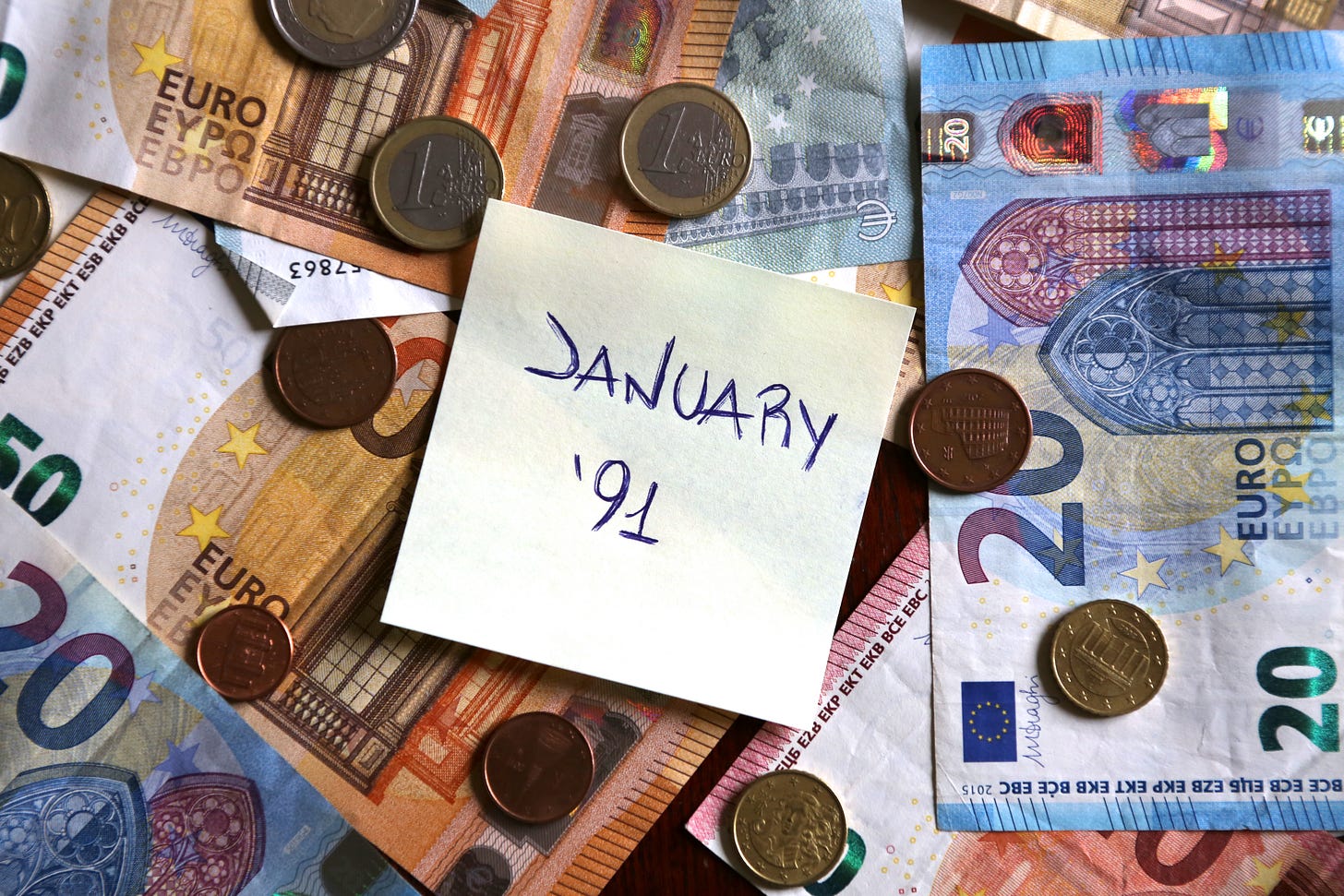
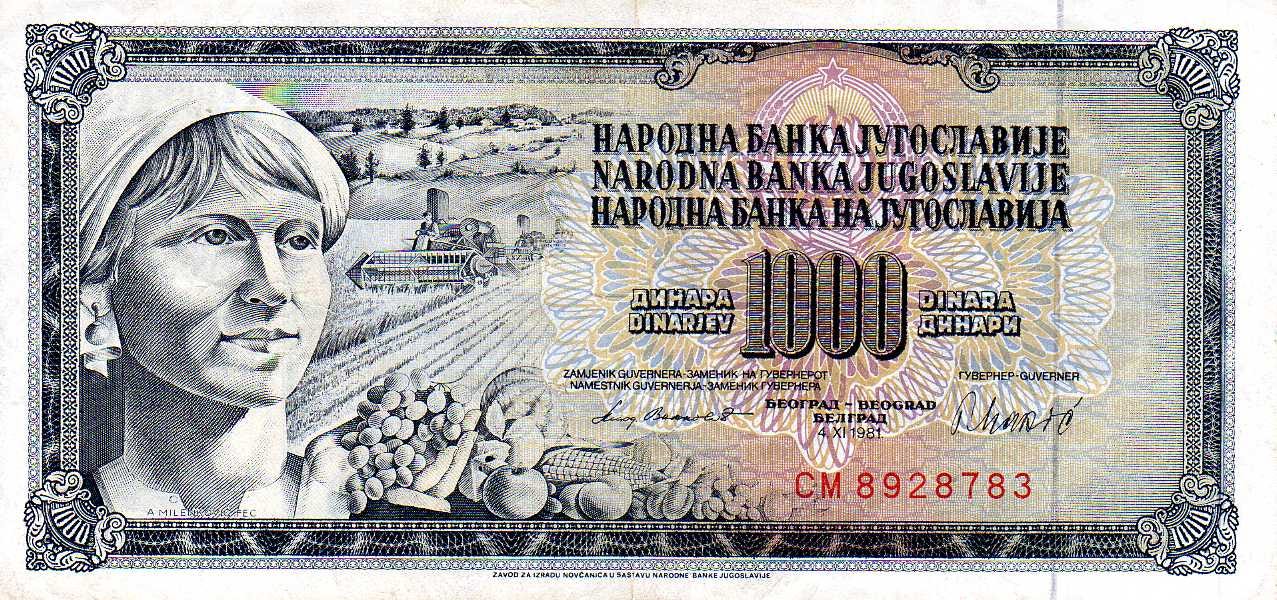





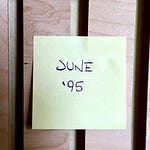
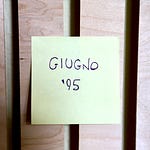
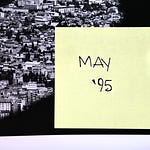
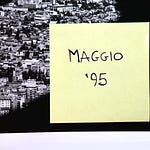


Share this post